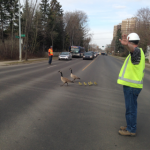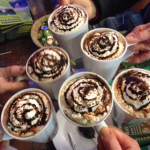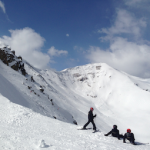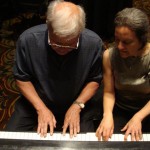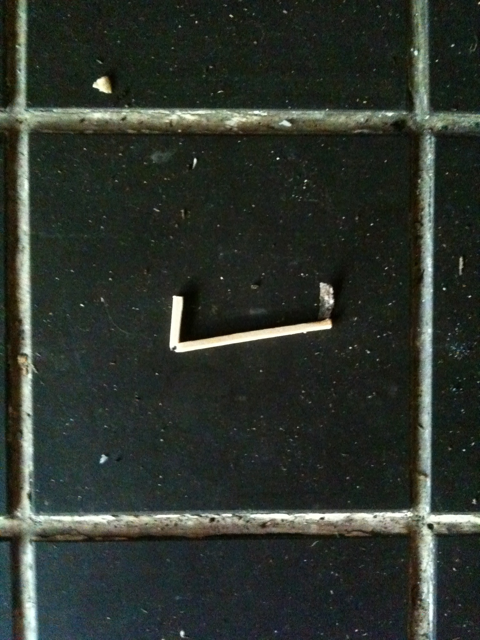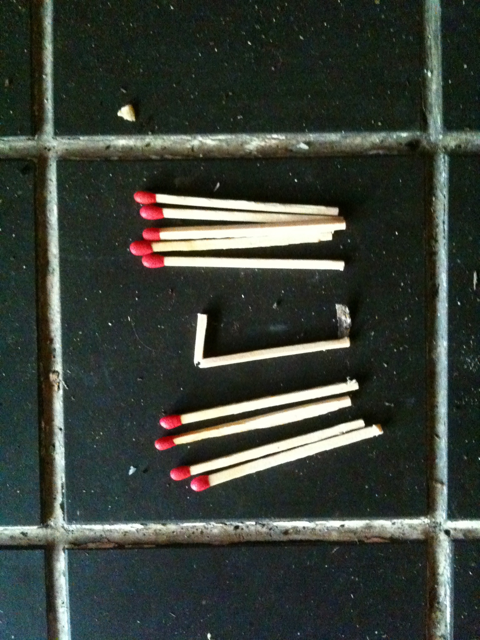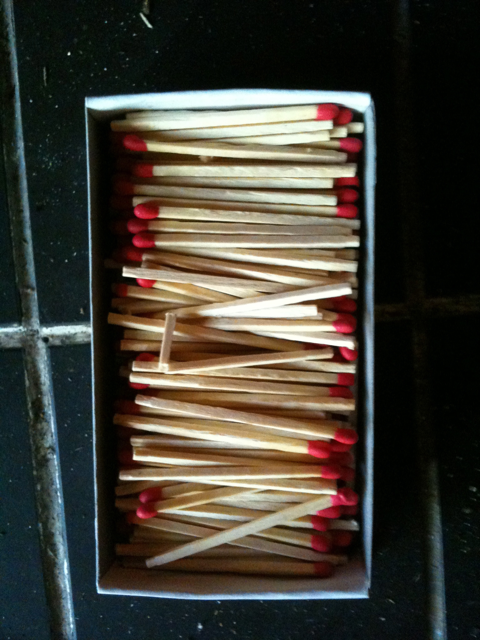Finding work that feels right is both complicated and simple. It is complicated because it can be hard to find. It’s complicated to figure out what we want to do for our work, and then complicated to find the right job, one that suits us and our aspirations. It feels simple when we’ve found it, when we look back and can see it was clear all along, even when we weren’t looking.
For a few years now I’ve been exploring what our work means in our cities and I’ve landed on the understanding that our work is the force that generates cities. Our work matters to our cities because it creates them; it shapes our economic life, our social habitats and our physical habitats.
We are each meant to contribute to our cities through our work. But what is the work we are each meant to contribute? How do we know if we are doing the work we are meant to do? I’ve noticed two things that help me notice if the work I am doing is truly mine to do.
First, work that depletes me is not my work to do. Even if I am good at that work, if it takes energy from me it is time to let it go. It is the work that gives me energy that is the right work to do. This is a simple and staggering realization. It is the work that fuels me that is worthy of being done by me.
If your work depletes you it is not your work to do. (Choose work that fuels your being.)
Second, work done from a place of panic and urgency is from a place of fear and mistrust. There are times when urgency is necessary, when lives are threatened or harm to others is immanent. For most of us this is not the case, yet we behave as if it were. Many of us do work that we believe will not be done if we don’t do it. The opposite would be to trust that with others, all the work that needs to be done will be covered.
Do the work that is yours to do and trust that, with others, all the work that needs to be done will be done.
All the work that needs to be done in the world can not be done by any of us alone. Moreover, we all have different skills and interests, and we have different passions and purposes to pursue in our work. If we trust in this, we make room for ourselves to take very unselfish action and do the work that is authentically ours to do. In doing this, we make the world a better place.
There is a voice inside each of us that tells us about the work we are meant to do. It is in the classes we loved in school. It is in the games we love(d) to play. It is in our hobbies. It is in the things that thrill us. Our duty is not to do the things that someone else says we ought to do, but in figuring out the work we are meant to do.
I am convinced of this: the essence of who we are as mall children gets obscured as we age. The journey of work is to find the lost parts of ourselves and stitch them into the lives we live. This might take years or decades, even a lifetime, yet the time it takes is not a reflection of our worth. The value is in noticing we are on a journey.
At 46 years old I recognize that my own journey unfolds in stages; just when I think I know who I am an the work I am to be doing a wrinkle comes along to nudge (or knock) me into the next stage of my journey. I can feel, though often in ways I can not articulate with words, the direction in which I am moving.
Now as I look at my life story I wonder at how I missed some of the clues, though I recognize that there was no other journey for me to take. I now pay more attention and I can better see the hints and synchronicities that feel like my soul sends to me about where I’m going and the work that’s mine to do. When I pay attention it’s far simpler.
What is the work that is yours to do?
How do you know that work is yours to do?
_____
